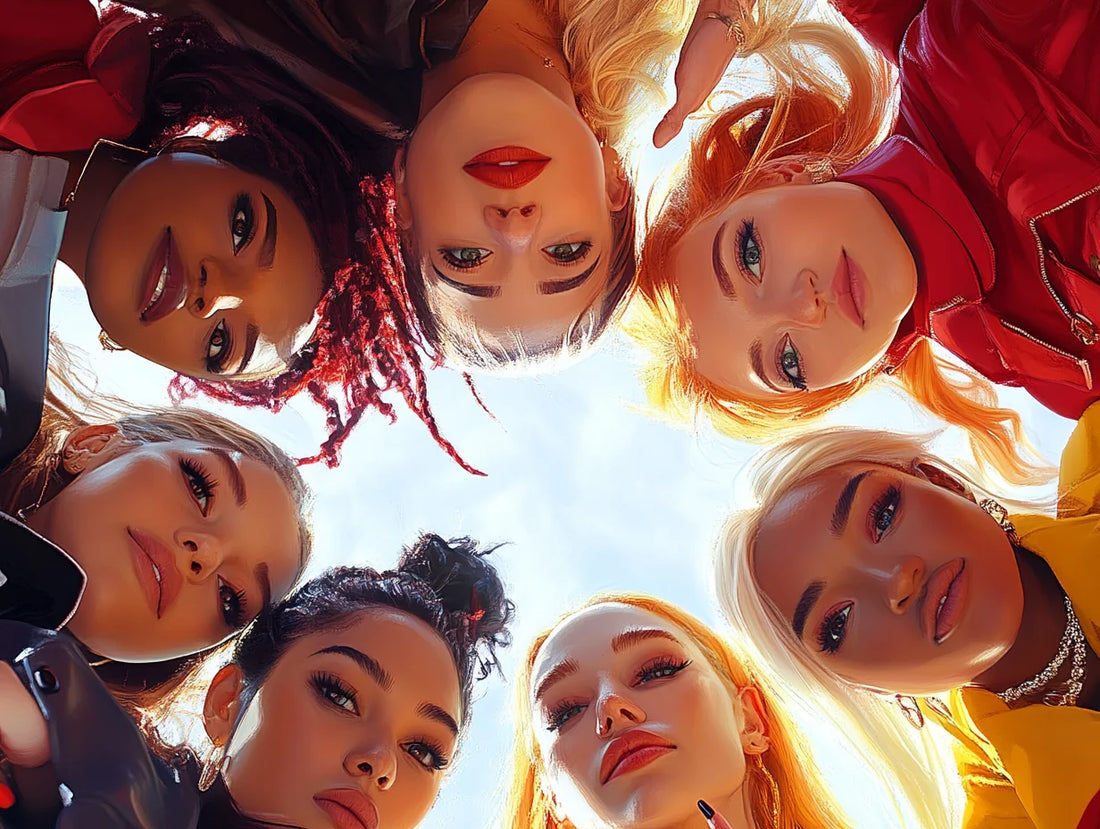
How AI is Creating More Inclusive Virtual Companions: Diversity in the Digital World
Allen RoseShare
AI is everywhere now, but when it’s mentioned in dating or companionship, it gets a bad wrap – people either don’t understand, shame the user or haven’t tried it. That’s fair enough, considering it subverts all the traditional ways we view relationships. But with all the online dating and long-distance friends or relationships that start from social media, is it so different?
There’s a strong case for using AI for companionship. It’s not a replacement for the real thing – much like AI is a tool for jobs – but it has a purpose. People are able to enjoy conversations whenever they want, without any judgment or prejudice. For people who are still unsure about their sexuality or want to experiment, it acts as a safe play to explore their wants. The inclusive and customizable aspects of chatbots, AI girlfriends and boyfriends and the quantity of characters allow AI to offer a diverse range of companions.
Can AI Create Truly Diverse and Representational Virtual Partners?
There have been news stories since the inception of AI that showed a lot of societal bias. Because of the input, they tended to adopt widespread views of misinformation, with one famous case where it appeared to sympathize with nazis. When it comes to virtual partners, that’s not an issue or hasn’t been reported as such. A lot of the diversity depends on which generative AI models are implemented. There’s no single AI model that applies to all the AI girlfriend sites.
Taking a look at the sites, they offer customizable partners, characters from popular shows and movies, and options to change gender or sexual orientation. As of 2024, options are limited to gay, straight, lesbian, and trans. As the niche continues to grow and become more acceptable, these may expand. As far as visual representation, there is already a high level of diversity. When you’re creating a character, you can select tags that include every ethnicity or else type in a custom prompt that could consist of someone with a disability.
There is bias in the models because the AI is more likely to generate errors if it’s asked to deliver an image of something out of the ‘ordinary’ (the images they were trained on). A hot girl on the beach is generic and has a lot of source material, whereas a black woman in a wheelchair with dyed hair might not be represented as well.
There’s no reason to believe that with wider training, users will be able to generate virtual partners that reflect the diversity of real life. They’ll be able to go beyond that because there are cartoon or anime models that allow for different body types or races, unrestricted by real proportions.
Exploring Inclusivity in AI Gender and Sexual Orientation
As previously mentioned, it’s possible to create an AI partner who has a different sexual orientation than a cis woman. The inclusive nature of AI permits us to create characters right out of our fantasies and tailor them to our desires. Rather than being rejected in real life for our orientation, we’re able to explore sexual orientation while messaging AI chatbots. There’s no judgment, which is the appeal of doing this here instead of in real life, where there could be repercussions should other people find out.
Most of the AI sites put a lot of emphasis on the fact that the chats are encrypted or can’t be accessed by anyone, ensuring anonymity. There aren’t many gender options yet – they’re restricted to straight, gay, and trans on almost every site I’ve reviewed. That could be a problem for some people as a lot of orientations like bisexual, pansexual, or asexual have no representation.
A potential workaround for those who want a more inclusive experience with their virtual partner is by roleplaying. You should remind the AI about their orientation, but a long roleplay or fantasy experience is possible. This depends on the site of course, as AI girlfriend apps aren’t likely to have this feature. When you use an AI chatbot, you’re able to write prompts that describe the personality, orientation or any other important information, allowing for a diverse range of sexuality and orientations.
How AI is Breaking Stereotypes in the Adult Entertainment Space
The traditional forms of adult entertainment are very much geared toward the male gaze and provide an unrealistic look at sex and love. As with all things, moderation is key and too much porn is unhealthy, and so is dependence on your virtual companion. Stereotypes are broken as the user is in full control of the events, instead of relying on what someone else considers attractive or sexy. Being able to have multiple conversations with multiple partners and explore different relationships and dynamics shows the diverse needs an AI partner can meet.
There’s a clear emphasis that some body types are acceptable and others not when it comes to traditional adult entertainment. With the AI, users can start relationships and conversations with people from all ethnicities, backgrounds, orientations, and body shapes. It’s an inclusive environment and puts full control into the hands of the user. There’s a level of responsibility needed to not break laws and replicate unhealthy habits while sexting or requesting images. There’s no denying that AI can be used in a positive way in relationships, as it caters to everyone’s unique desires and is always available to offer support.
